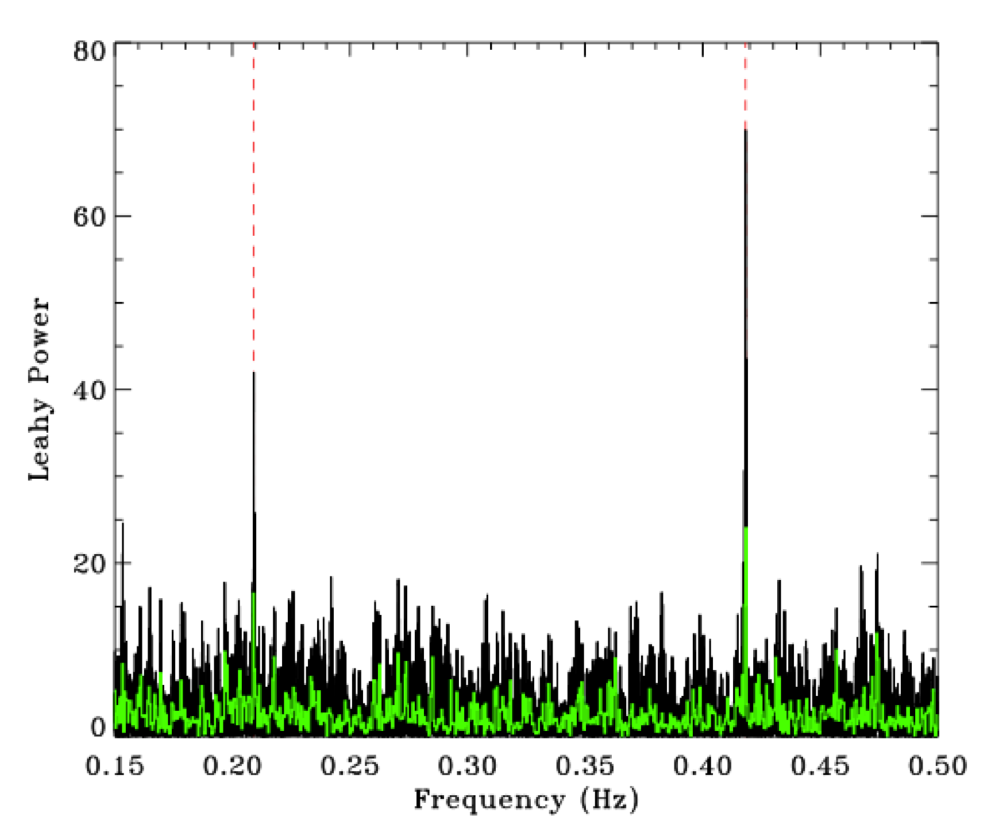NICER / ISS Science Nugget for November 22, 2018NICER identifies a re-activated accreting pulsar in the Small Magellanic CloudThe Small Magellanic Cloud, a nearby dwarf galaxy orbiting our Milky Way, is host to a large number of High Mass X-ray binaries (HMXB) made of a compact object and a massive star. Some of these HMXBs experience transient activity, alternating periods of X-ray bright accretion when matter falls onto the compact object, and years-long periods of quiescence during which they remain undetected. All-sky X-ray or Gamma-ray monitors can detect new or known X-ray binaries when they enter a state of renewed accretion, called outburst. NICER observed one of these newly detected transients in the SMC. Initially called Swift J005139.2-721704, since detected by the Neil Gehrels Swift Observatory, this new X-ray transient source was classified as a HMXB on the basis of its association with a known high-mass B-type star. The observations obtained by NICER showed that the compact object was rotating with a period of 4.78 sec. A nearby known X-ray transient XTE J0052-723 (also called SXP 4.78), displayed strong pulsations with a period of 4.78 sec when it was detected in 2000. The exact location of SXP 4.78, dating from the Rossi X-ray Timing Explorer era, was uncertain, but the NICER discovery of the 4.78 sec pulsations confirmed the identification of the source Swift J005139.2-721704 with the SMC pulsar XTE J0052-723 (SXP 4.78).
NICER
|



